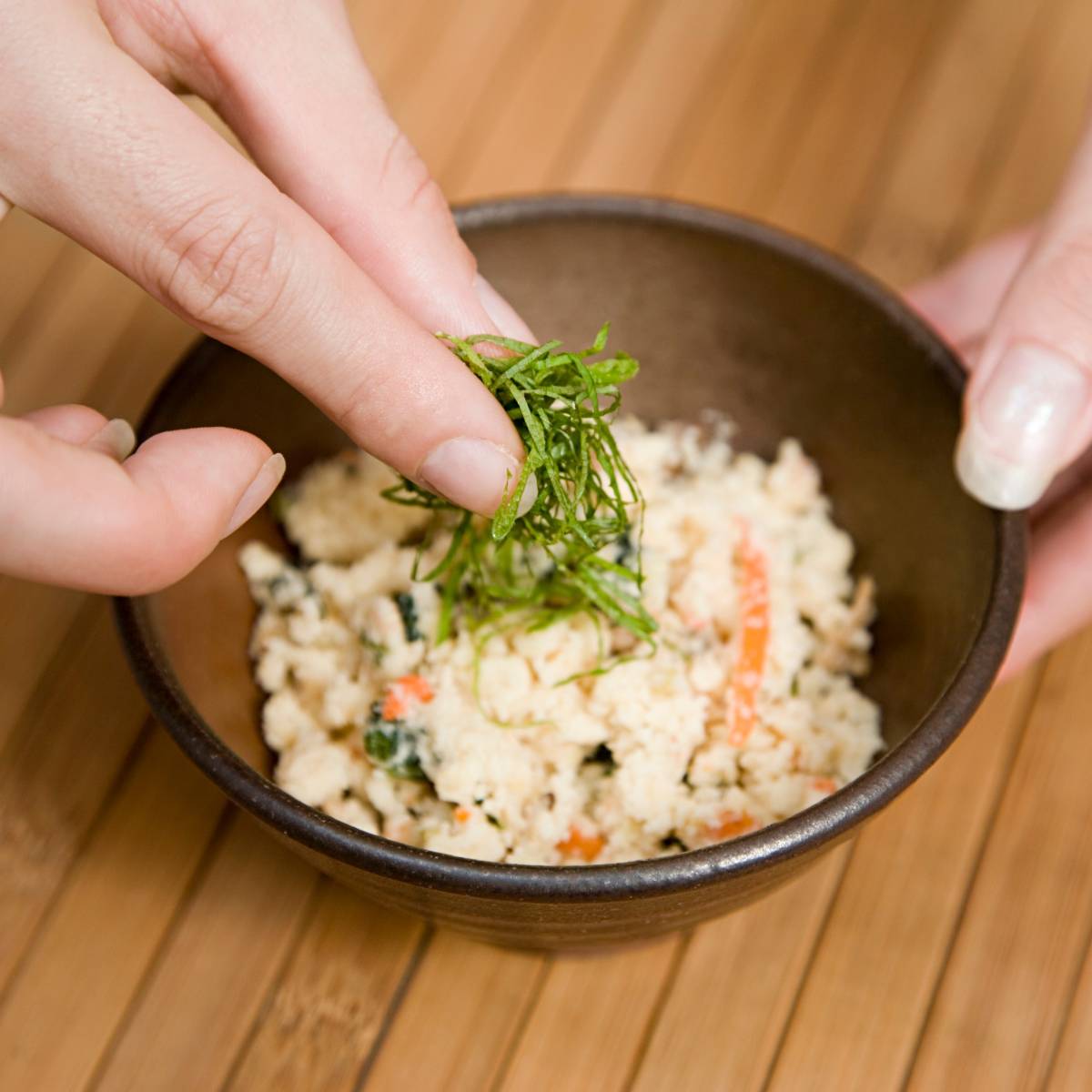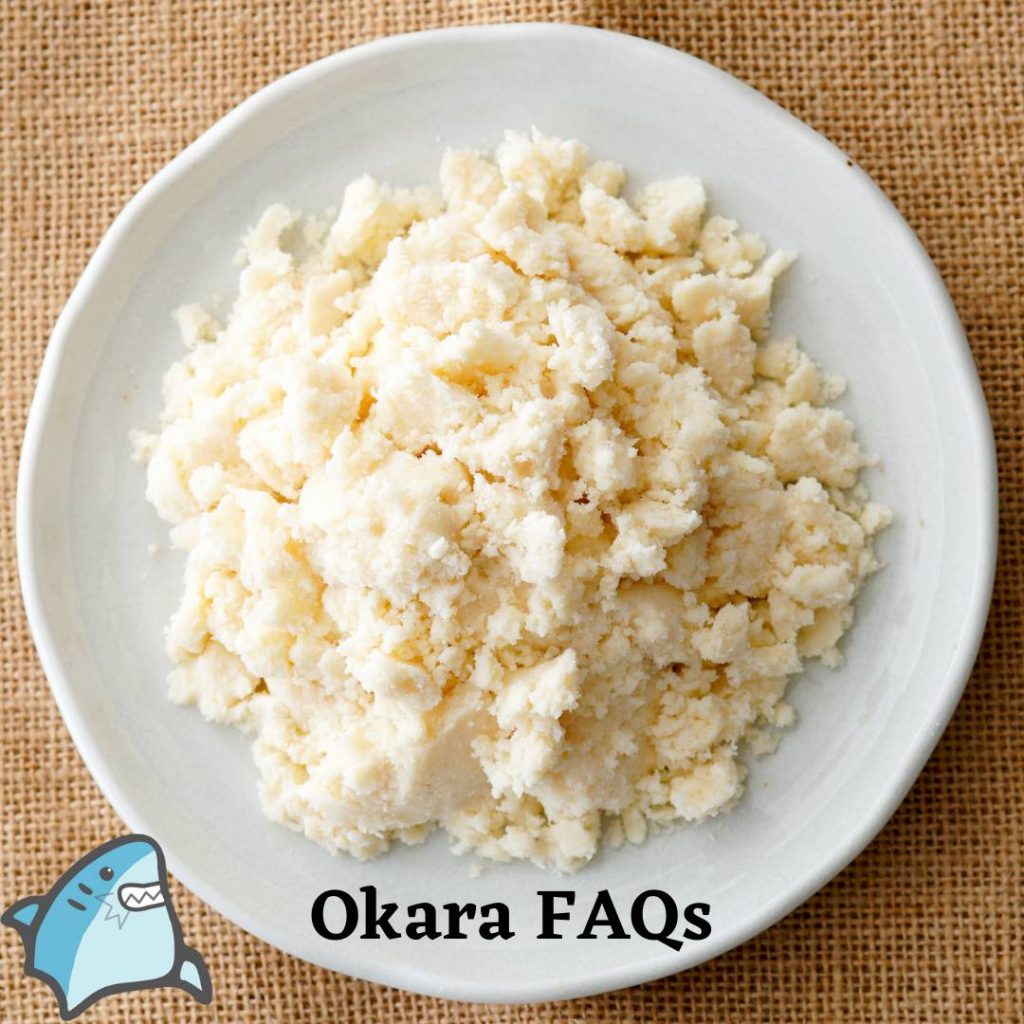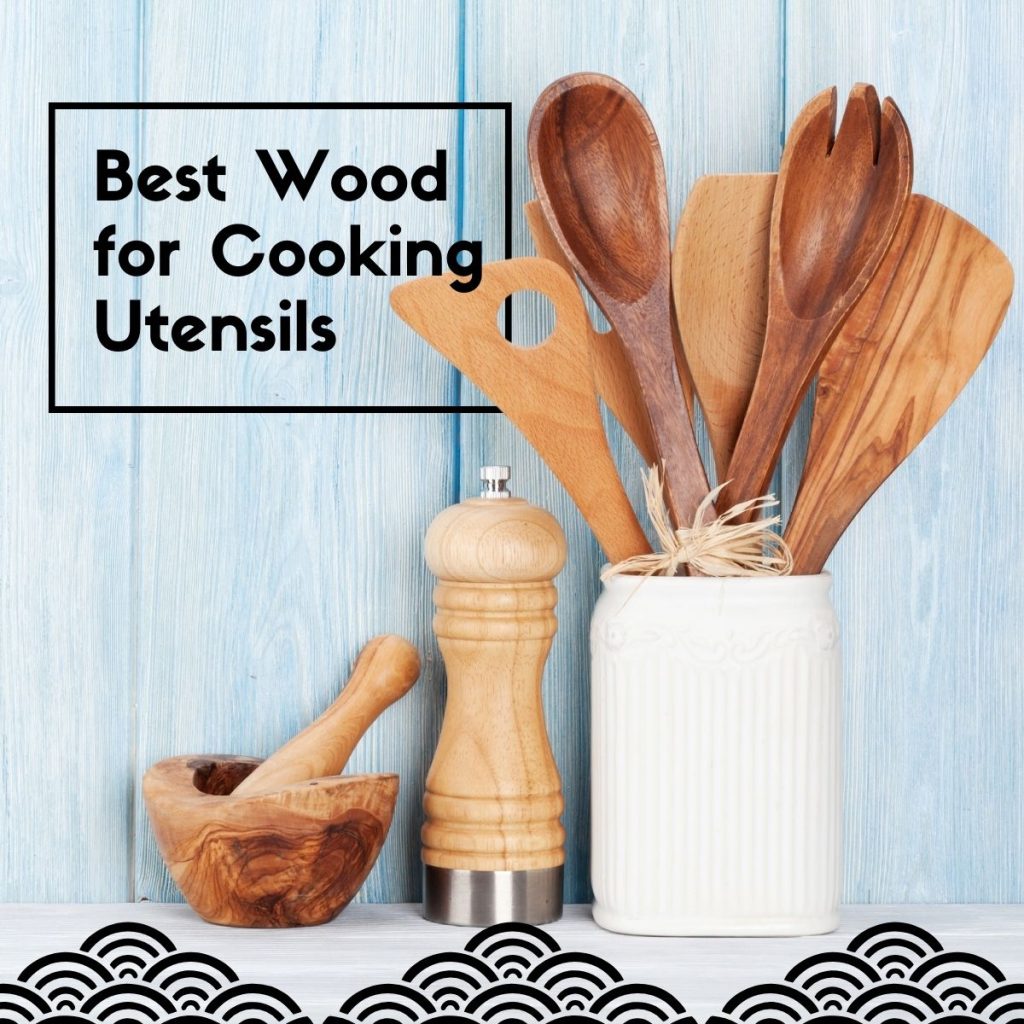Do you want to learn more about okara but not sure where to begin?
Are you uncertain about how to cook it, where to buy it, or what it tastes like?
If you’re nodding along, you’ve come to the right place.
This set of commonly asked questions about okara will help you navigate this intriguing ingredient.
So let’s start. 
What is okara?
Okara is a byproduct of the tofu-making process. It is the pulp that remains after the soybeans have been crushed and the liquid extracted to make soy milk. Okara is often used as an ingredient in various recipes, as it is high in protein and fiber.
What does okara taste like?
Okara has a mild, slightly nutty flavor and a soft, crumbly texture. It does not have a strong taste on its own, but it tends to absorb the flavors of other ingredients it is cooked with.
What are the health benefits of okara?
Okara is a good source of protein and fiber, as well as several essential nutrients, including calcium, iron, and potassium. It is low in fat and calories, making it a healthy addition to a balanced diet. Research has shown that consuming okara may have a number of health benefits, including reducing cholesterol levels and improving digestion.

How do I prepare okara?
Okara can be used in a variety of recipes, including baked goods, soups, stews, and veggie burgers. It can be cooked in a variety of ways, such as sautéing, baking, or boiling. Before using okara, it is important to squeeze out any excess water to improve its texture.
Try some of my Okara recipes below:
Is okara suitable for vegans and vegetarians?
Yes, okara is suitable for vegans and vegetarians, as it is a byproduct of the tofu-making process and does not contain any animal products.
Is okara gluten-free?
Yes, okara is gluten-free as it is made from soybeans and does not contain any wheat or wheat-based products. However, it is important to check the label and ensure that there are no added ingredients that may contain gluten.
Where can I buy okara?
Okara can be found in Asian grocery stores or health food stores that sell tofu. It is often sold in small packages or in bulk.
How should I store okara?
Once you have purchased okara, it is important to store it properly to maintain its freshness and quality. Okara should be kept in the refrigerator in a sealed container to prevent moisture and odors from affecting its flavor. It can last for up to a week in the refrigerator.
If you are not going to use the okara within a week, you can also freeze it for longer storage. Simply place the okara in a freezer-safe container and label it with the date before putting it in the freezer. Frozen okara can last for several months.
What are the different types of okara?
There are several types of okara, including soy okara, almond okara, and oat okara. Soy okara is the most commonly used type and is made from soybeans. Almond okara is made from almond milk pulp, while oat okara is made from oat milk pulp. The different types of okara can be used interchangeably in recipes, but they may have slightly different textures and flavors.
Conclusion
Okara may be a byproduct of soy milk production, but it’s certainly not a waste.
This versatile ingredient has a nutty flavor and a unique texture that can add nutrition and complexity to a wide range of dishes, from burgers to muffins to stir-fries.
So next time you’re in the kitchen, consider giving Okara a chance to shine and see what delicious creations you can come up with!
You can grab a copy of my soymilk tofu okara cookbook pdf










Konnichiwa! (Hello!) I'm Pat Tokuyama, a Japanese tofu cookbook author, who travels for music, food, and adventure. If you like Japanese tea, checkout some of the newestorganic japanese tea, matcha bowls and noren and more!
** Curious about the Plant Based Japanese Cooking Club? ** Learn more here!